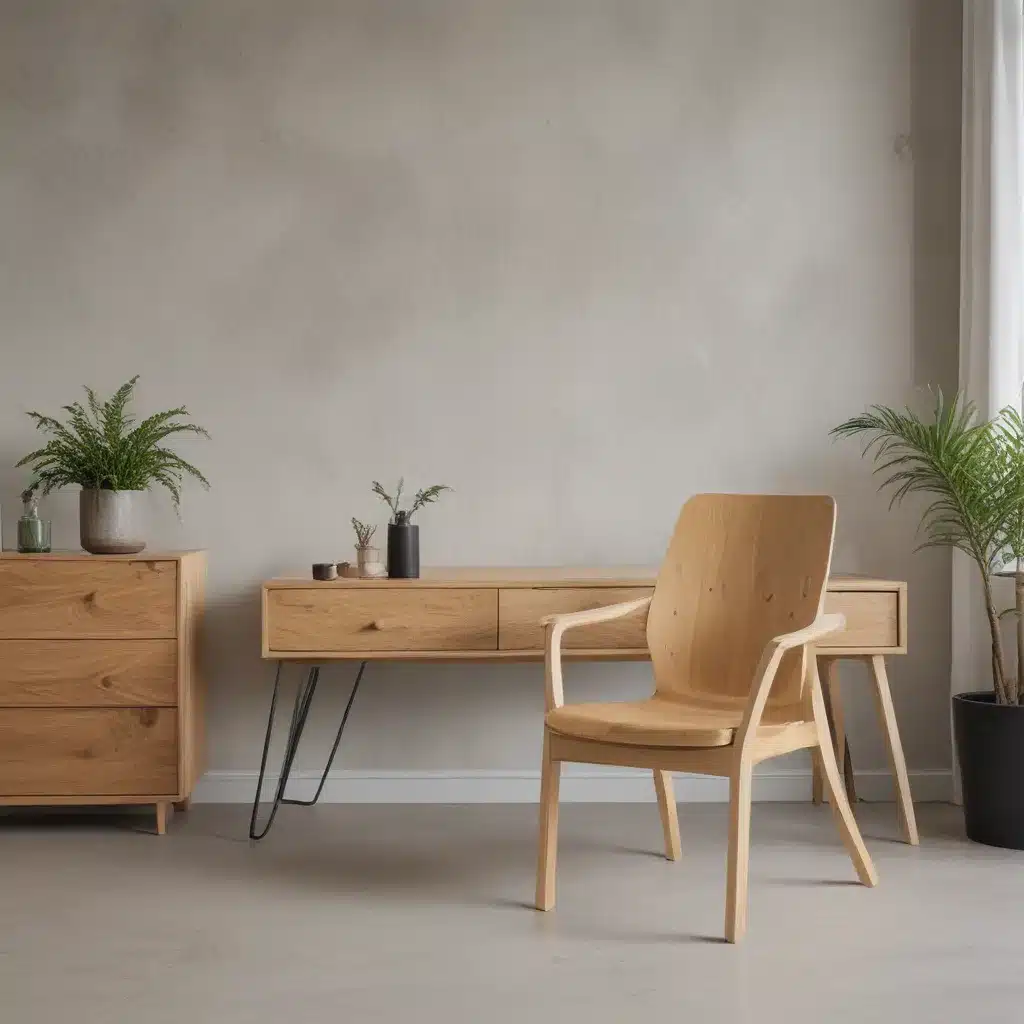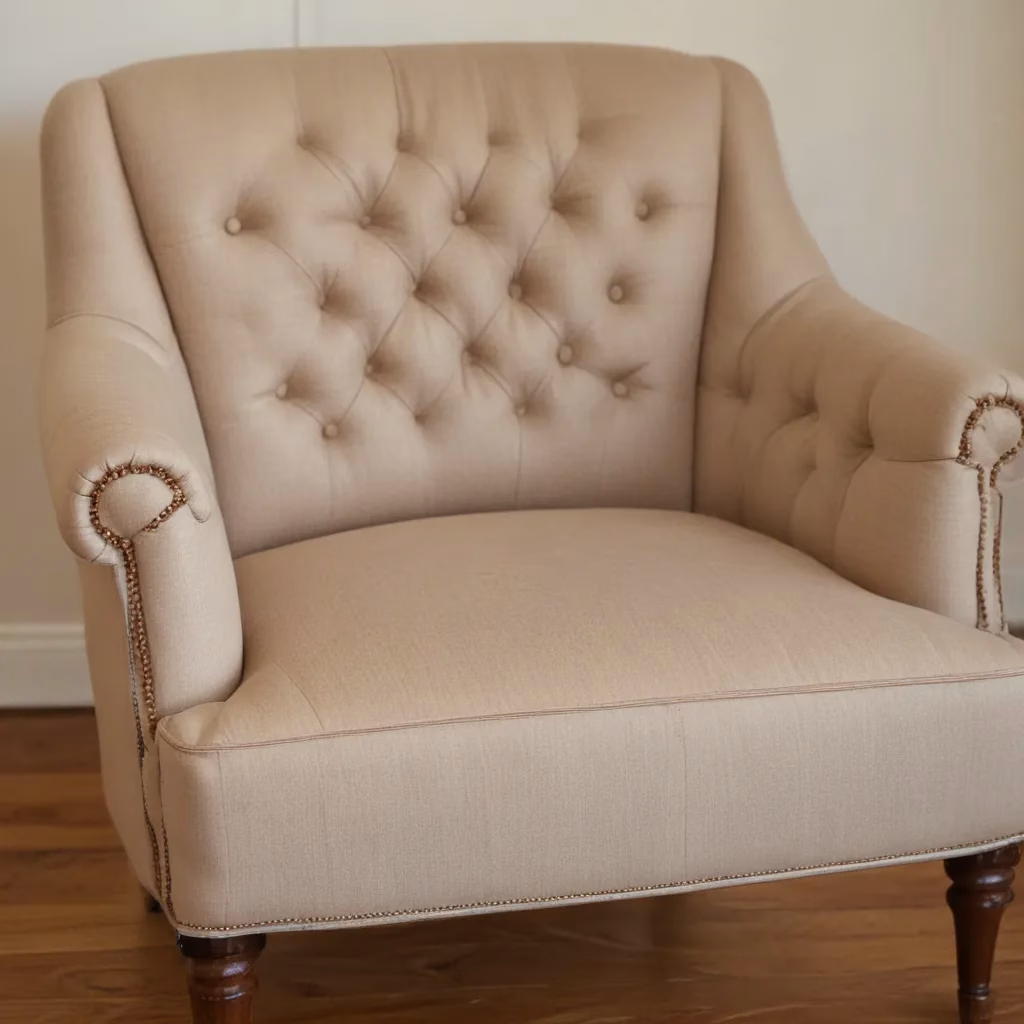Crafting a Sustainable Future, One Couch at a Time
I’ll never forget the day I stumbled upon Riva 1920’s website. As a self-proclaimed furniture enthusiast, I was instantly captivated by their commitment to sustainability and their pledge to “hand down to future generations” furnishings that “fully respect the environment.” It was as if they had peered directly into my soul and understood my deepest desires for responsible consumerism.
In a world where fast fashion and mass-produced home goods reign supreme, Riva 1920 stands as a beacon of hope, a company that dares to challenge the status quo and redefine what it means to furnish our living spaces. Their story, woven with the threads of artisanship, innovation, and an unwavering respect for our planet, is one that deserves to be told.
The Roots of Responsible Furniture Crafting
It all began in 1920, in the heart of Brianza, Italy, where a small family-run artisan workshop, founded by Nino Romano, specialized in the production of classic-style solid wood furnishings. This humble beginning laid the foundation for what would become Riva 1920, a company that would go on to embody the very essence of sustainable furniture design.
In the mid-1940s, Nino’s son-in-law, Mario Riva, continued the family legacy, and it was his sons, Maurizio and Davide, who would eventually carry the torch into the late 1970s, working as carpenters in the shop under their family’s house, dedicating themselves to custom furniture.
But Riva 1920 wasn’t simply content with churning out piece after piece of furniture. No, they had a higher calling – to create furnishings that not only enhanced living spaces and connected people but also respected the environment. It was this driving force that led them to explore the use of completely natural waxes and oils, a distinctive feature that set their products apart from the mass-produced, chemically-laden alternatives.
The Power of Upcycling and Sustainable Materials
As Riva 1920’s reputation grew, so too did their commitment to sustainability. Alongside the woods from planned and controlled cuts, the company began to introduce reused woods, such as the millennial Kauri of New Zealand, the Briccole of the Venice Lagoon, and the Cedar of Lebanon. These unique and rich materials not only added character to their creations but also told a story of environmental stewardship.
I can almost imagine the artisans at Riva 1920, their hands carefully caressing the weathered, time-worn surfaces of these reclaimed treasures, imbuing each piece with the echoes of the past and the promise of a sustainable future. It’s a testament to their dedication that they refuse to let these materials go to waste, instead giving them new life and purpose through their exceptional craftsmanship.
Embracing Innovation and Responsible Growth
But Riva 1920’s journey towards sustainability didn’t stop there. In the late 1980s, they took a significant step forward, inaugurating their first production unit and welcoming the company’s first female member, Anna Riva, into the fold. This move not only signaled a commitment to growth but also a recognition of the importance of diversity and inclusivity in shaping a more sustainable future.
Over the years, Riva 1920 continued to expand, opening a second production unit in 2005 and, in 2010, unveiling the Riva Center – a stunning building designed by the renowned Renzo Piano Building Workshop. This space, which houses a 1,200-square-meter showroom and a museum dedicated to the wonders of wood, serves as a testament to Riva 1920’s unwavering belief in the power of design and innovation to drive positive change.
And the company’s commitment to sustainability doesn’t stop at the physical manifestation of their products and facilities. In 2013, they opened a third production unit, this one specializing in the processing of cedar logs, further expanding their repertoire of sustainable materials. And in 2017, they inaugurated the second floor of the Riva Center, which now houses the Pangea table – a symbol of the 2015 Expo and a stunning example of the fusion of environmental consciousness and artistic expression.
Responsible Furniture in Action: A Comparison
But how does Riva 1920’s approach to sustainable furniture design compare to the industry at large? Let’s take a look:
| Feature | Riva 1920 | Industry Average |
|---|---|---|
| Material Source | Planned and controlled wood cuts, as well as reclaimed and recycled materials like Kauri, Briccole, and Cedar | Predominantly virgin materials, often sourced from unsustainable or unethical sources |
| Production Process | Artisanal, with a focus on natural finishes and completely natural waxes and oils | Mass-produced, with the use of synthetic chemicals and finishes |
| Longevity | Furniture designed to stand the test of time, challenging the disposable nature of many consumer goods | Products often designed for short-term use, leading to more waste and a larger environmental footprint |
| Commitment to Sustainability | Deeply rooted in the company’s mission, with a focus on preserving the environment for future generations | Varied, with some companies making efforts but many still prioritizing profit over sustainability |
As you can see, Riva 1920 stands in stark contrast to the industry average, refusing to compromise their principles in the name of profit or expediency. They are the embodiment of what it means to create furnishings that truly respect the planet, and they’re doing it with a level of artistry and craftsmanship that is truly awe-inspiring.
The Future of Sustainable Furniture Design
But Riva 1920’s story is more than just a tale of a company doing the right thing. It’s a glimpse into the future of sustainable furniture design, a future where creativity, innovation, and environmental stewardship converge to create a better world for all.
As I browse the Sofa Spectacular website, I can’t help but wonder how many other companies out there are taking a page from Riva 1920’s playbook, seeking to redefine the way we furnish our living spaces. After all, if a small family-run workshop in Italy can revolutionize the industry, imagine what can be achieved when more businesses embrace the power of sustainable design.
It’s a future that fills me with hope – a future where the couch in my living room isn’t just a comfortable place to sit, but a symbol of my commitment to the planet, a daily reminder that the choices we make as consumers can have a profound impact on the world around us.
So, the next time you find yourself in the market for a new piece of furniture, I encourage you to look beyond the glossy advertisements and the temptation of cheap, mass-produced options. Instead, seek out companies like Riva 1920, whose dedication to sustainability and artistry is woven into the very fabric of their creations.
After all, when it comes to furnishing our homes, shouldn’t we strive for more than just a place to sit? Shouldn’t we seek out furnishings that respect the planet, that challenge the disposable nature of modern consumerism, and that inspire us to be better stewards of the world we live in?
I believe we can, and Riva 1920 is showing us the way. So let’s embrace the future of sustainable furniture design, one couch at a time.




